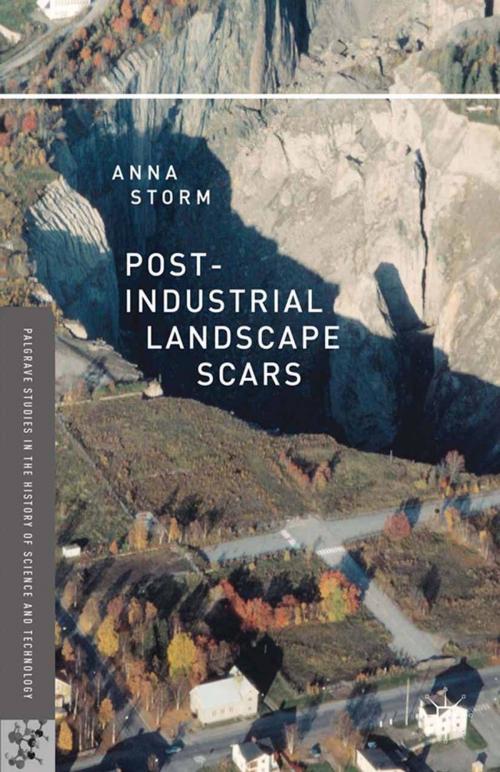Post-Industrial Landscape Scars
Nonfiction, Science & Nature, Science, Other Sciences, History, European General| Author: | A. Storm | ISBN: | 9781137025999 |
| Publisher: | Palgrave Macmillan US | Publication: | October 22, 2014 |
| Imprint: | Palgrave Macmillan | Language: | English |
| Author: | A. Storm |
| ISBN: | 9781137025999 |
| Publisher: | Palgrave Macmillan US |
| Publication: | October 22, 2014 |
| Imprint: | Palgrave Macmillan |
| Language: | English |
Post-industrial landscape scars are traces of 20th century utopian visions of society; they relate to fear and resistance expressed by popular movements and to relations between industrial workers and those in power. The metaphor of the scar pinpoints the inherent ambiguity of memory work by signifying both positive and negative experiences, as well as the contemporary challenges of living with these physical and mental marks. In this book, Anna Storm explores post-industrial landscape scars caused by nuclear power production, mining, and iron and steel industry in Malmberget, Kiruna, Barsebäck and Avesta in Sweden; Ignalina and Visaginas/Snie?kus in Lithuania/former Soviet Union; and Duisburg in the Ruhr district of Germany. The scars are shaped by time and geographical scale; they carry the vestiges of life and work, of community spirit and hope, of betrayed dreams and repressive hierarchical structures. What is critical, Storm concludes, is the search for a legitimate politics of memory. The meanings of the scars must be acknowledged. Past and present experiences must be shared in order shape new understandings of old places.
Post-industrial landscape scars are traces of 20th century utopian visions of society; they relate to fear and resistance expressed by popular movements and to relations between industrial workers and those in power. The metaphor of the scar pinpoints the inherent ambiguity of memory work by signifying both positive and negative experiences, as well as the contemporary challenges of living with these physical and mental marks. In this book, Anna Storm explores post-industrial landscape scars caused by nuclear power production, mining, and iron and steel industry in Malmberget, Kiruna, Barsebäck and Avesta in Sweden; Ignalina and Visaginas/Snie?kus in Lithuania/former Soviet Union; and Duisburg in the Ruhr district of Germany. The scars are shaped by time and geographical scale; they carry the vestiges of life and work, of community spirit and hope, of betrayed dreams and repressive hierarchical structures. What is critical, Storm concludes, is the search for a legitimate politics of memory. The meanings of the scars must be acknowledged. Past and present experiences must be shared in order shape new understandings of old places.















